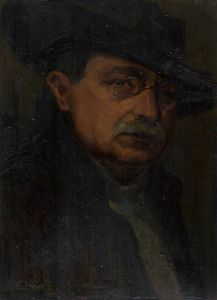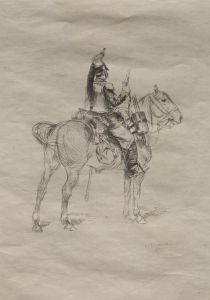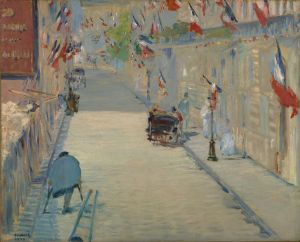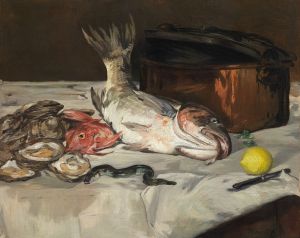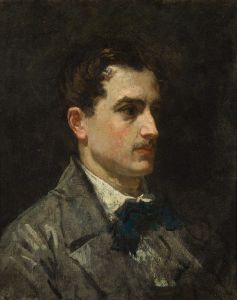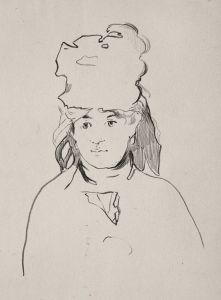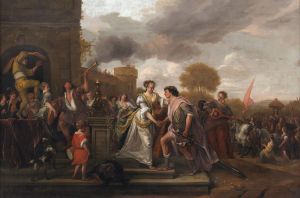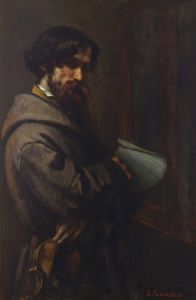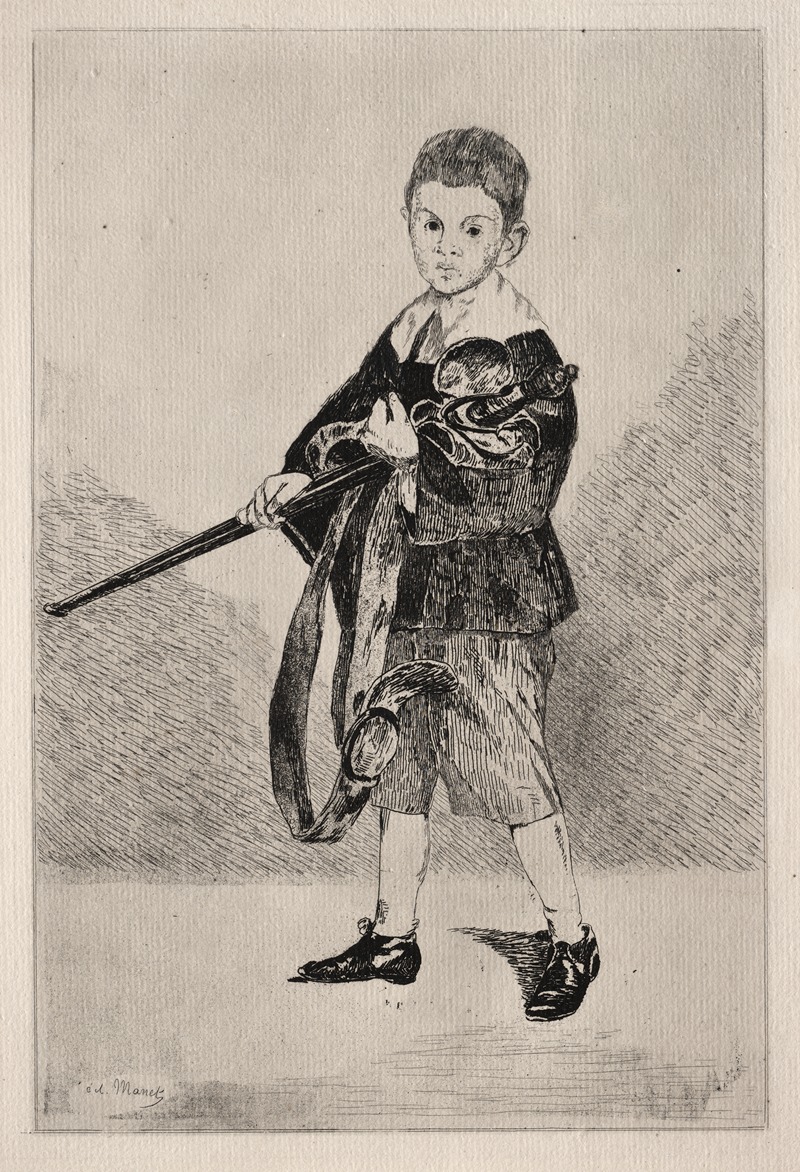
The Boy with a Sword
A hand-painted replica of Édouard Manet’s masterpiece The Boy with a Sword, meticulously crafted by professional artists to capture the true essence of the original. Each piece is created with museum-quality canvas and rare mineral pigments, carefully painted by experienced artists with delicate brushstrokes and rich, layered colors to perfectly recreate the texture of the original artwork. Unlike machine-printed reproductions, this hand-painted version brings the painting to life, infused with the artist’s emotions and skill in every stroke. Whether for personal collection or home decoration, it instantly elevates the artistic atmosphere of any space.
Édouard Manet's "The Boy with a Sword" is an oil painting completed in 1861. This work is one of Manet's early pieces and reflects his interest in portraiture and the exploration of contemporary themes through traditional techniques. The painting is housed in the collection of the Metropolitan Museum of Art in New York City.
The painting depicts a young boy standing against a plain, dark background, holding a sword almost as tall as he is. The boy is dressed in a simple, dark outfit with a white collar, and his expression is serious and contemplative. The sword, a prominent feature of the composition, is held upright in his right hand, and its presence adds a sense of gravity and perhaps a hint of narrative to the portrait. The boy's left hand rests on his hip, adding a touch of casualness to his otherwise formal stance.
Manet's technique in "The Boy with a Sword" demonstrates his skillful use of light and shadow to create depth and volume. The boy's face is softly illuminated, drawing attention to his youthful features and the contemplative nature of his expression. The dark background serves to highlight the figure, a technique reminiscent of the chiaroscuro style employed by earlier masters such as Caravaggio. This use of contrast helps to focus the viewer's attention on the subject, emphasizing the boy's presence and the symbolic nature of the sword.
The painting is notable for its simplicity and the directness of its composition. Unlike many of Manet's later works, which often feature complex scenes and multiple figures, "The Boy with a Sword" is straightforward in its presentation. This simplicity allows for an intimate connection between the viewer and the subject, inviting contemplation of the boy's identity and the significance of the sword he holds.
"The Boy with a Sword" was exhibited at the Paris Salon of 1861, where it was met with mixed reviews. Some critics appreciated Manet's technical skill and the painting's striking composition, while others were less enthusiastic about its unconventional approach. Despite the varied reception, the painting marked an important step in Manet's career, showcasing his ability to blend traditional techniques with modern sensibilities.
This work is often seen as a precursor to Manet's later, more avant-garde pieces, which would go on to influence the development of Impressionism and modern art. While "The Boy with a Sword" retains elements of realism, it also hints at the artist's future exploration of more abstract and innovative styles.
In summary, "The Boy with a Sword" is a significant early work by Édouard Manet that exemplifies his mastery of portraiture and his ability to convey depth and emotion through simple yet powerful compositions. The painting remains an important piece within the Metropolitan Museum of Art's collection, offering insight into the early development of one of the 19th century's most influential artists.








